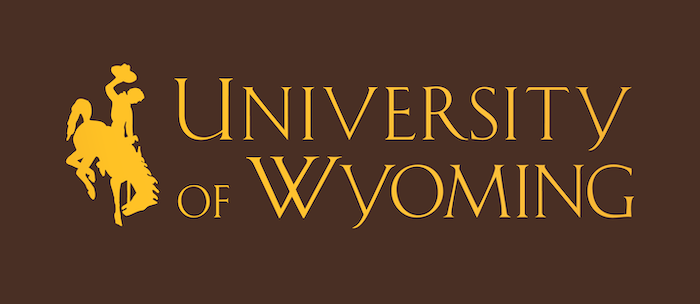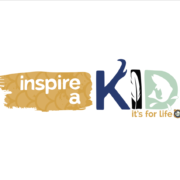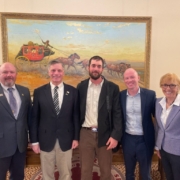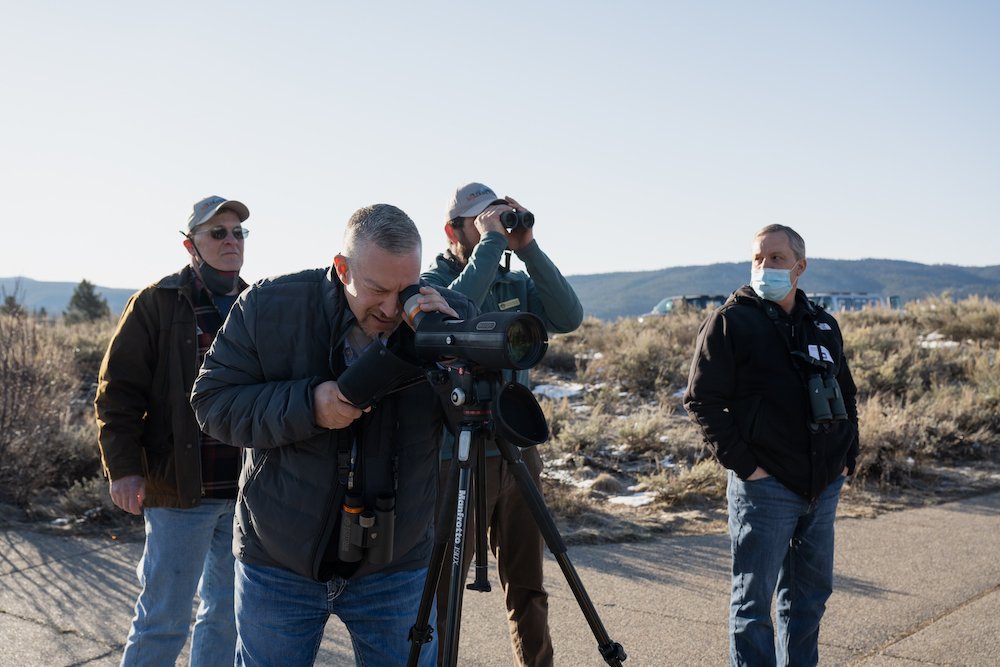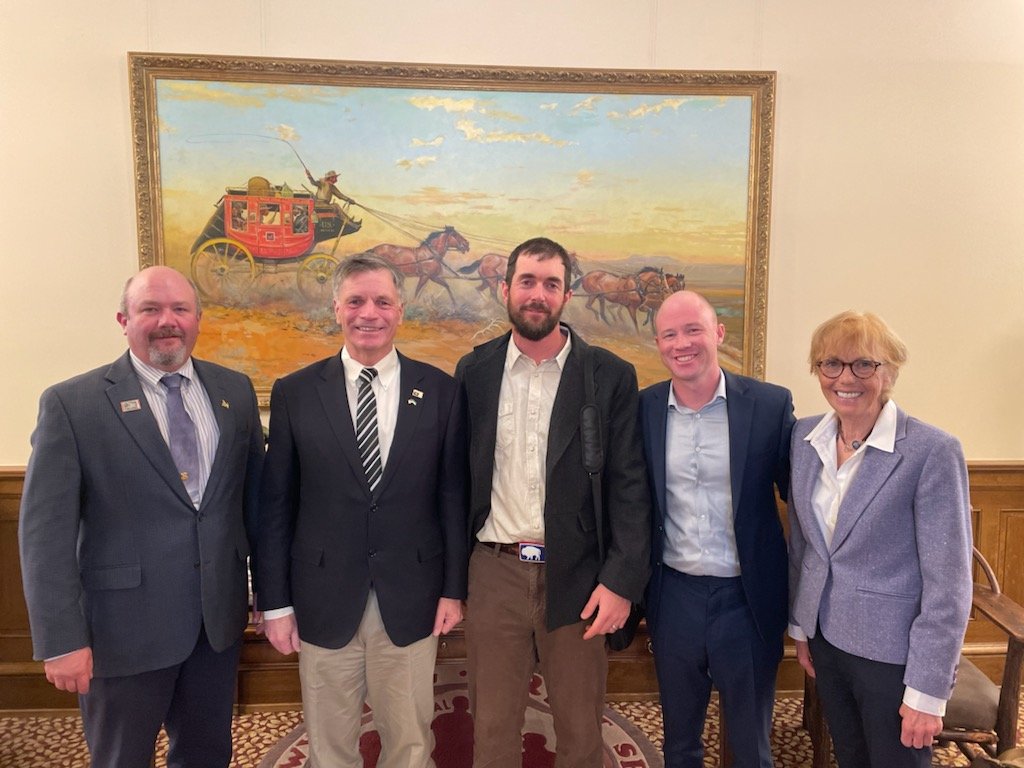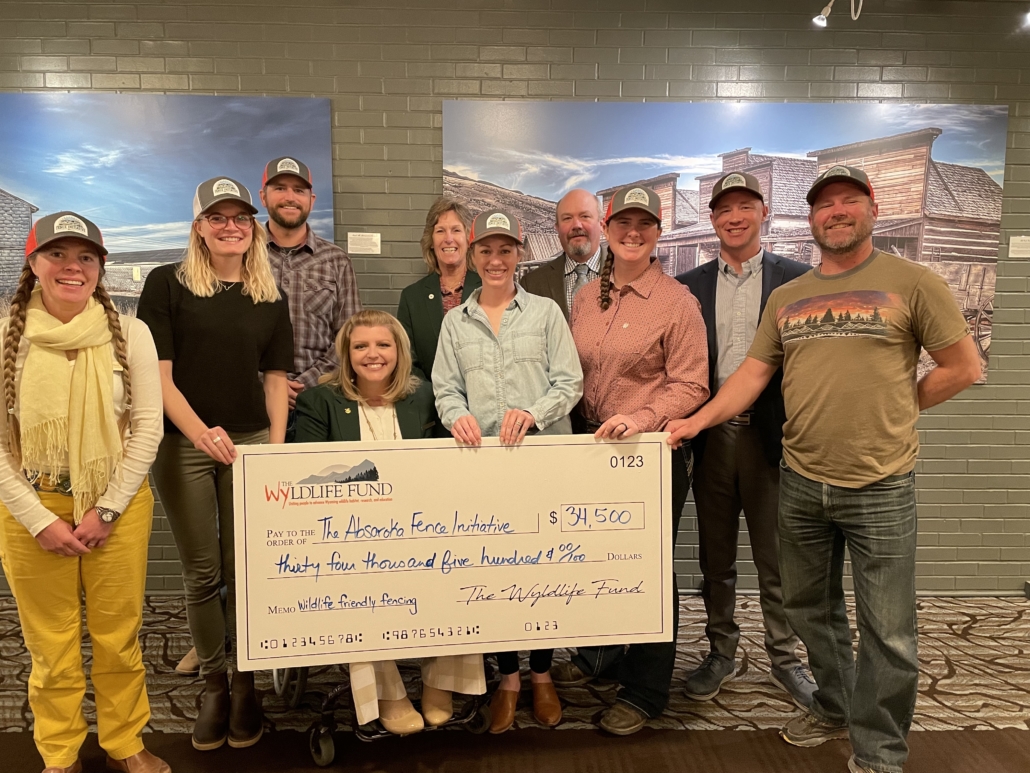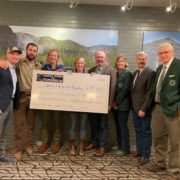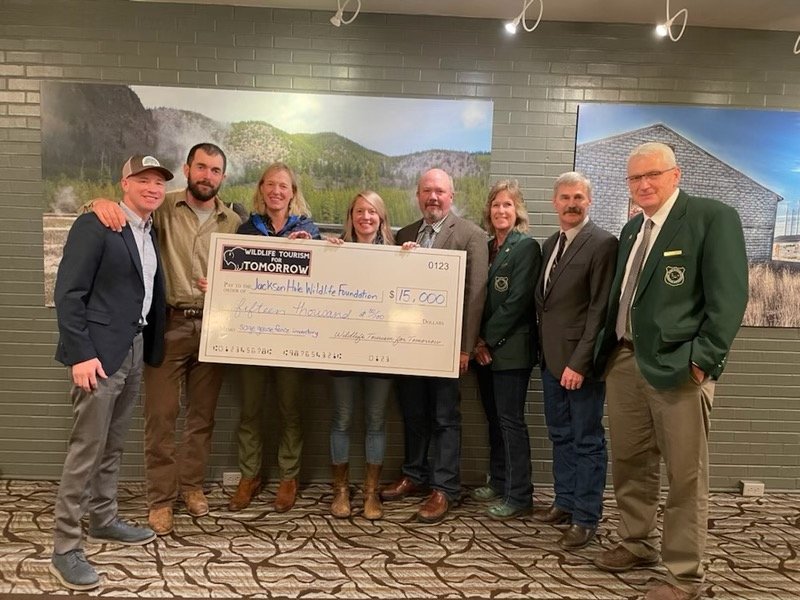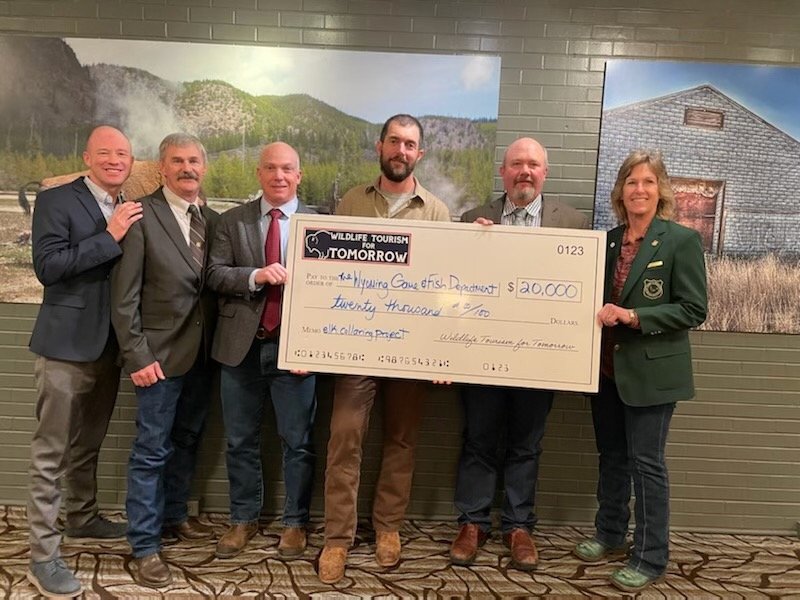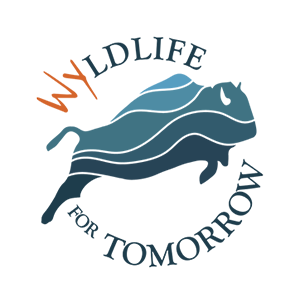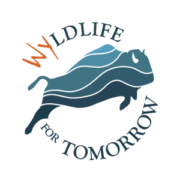Wildlife projects funded through signature program
Merry Christmas and Happy Holidays from The WYldlife Fund! Thanks to our incredible supporters we are grateful to make another big funding announcement for Wyoming’s wildlife.
Wildlife Tourism for Tomorrow, a signature program of The WYldlife Fund, inspires businesses and individuals who depend upon Wyoming’s Wildlife to help fund on-the ground projects that make a difference. This visionary program led by Wyldlife Fund Board Member, Taylor Phillips has already yielded great success for wildlife. This movement puts tourism related dollars directly into projects you select and support our shared wildlife legacy today.
To date, this program has raised $203,000 for Wyoming’s wildlife with over 70 businesses supporting through charitable contributions!
This past week at the Wyoming Game and Fish Commission meeting in Rock Springs, we announced $84,900 in gifts for ‘on the ground’ wildlife conservation projects through this signature program!
- $25,000 to the New Fork River Restoration
- $25,000 to the South Park Wetlands Enhancement Project
- $25,000 to Sagebrush Restoration in Grand Teton National Park
- $9,900 to Wyoming Game and Fish Department’s Cody Regional Office Beaver Holding Facility
Read more information on these projects below!
New Fork River Restoration
Restoration strategies will restore channel dimensions to reference conditions (narrow and deepen channel cross sections), alleviate highly erosive stream banks, and provide additional cover for fish within the channel. Click here to learn more.
South Park Wetlands Enhancement
The effort will reconnect old channel scars in the cottonwood gallery to the Snake River, helping raise the water table and increase the complexity of the forested habitat. Additional shallow water wetlands will be built to provide more filtering, as well as more habitat for migrating waterbirds. Click here to learn more.
Grand Teton National Park Sagebrush Restoration
As the project has progressed, so too has the park’s experimentation with different management techniques to yield better outcomes overall—including greater diversity of native plant species and higher quality habitat, which together are key to supporting wildlife and a balanced ecosystem. Click here to learn more.
Beaver Holding Facility
Beavers can drastically alter river ecosystems by impounding water through dam construction, which can greatly benefit habitat. Dams create higher water tables, reconnect and expand floodplains, expand wetlands, improve water quality, and increase diversity and richness in the populations of plant and animal life. Click here to learn more.
Expanding the conservation funding model
The spectacular wildlife found in our state exist thanks to over a century of dedicated conservation efforts.
Wildlife conservation in Wyoming is primarily funded via the sale of hunting and fishing licenses, federal aid from the Pittman Robertson and Dingell Johnson (excise taxes on hunting and fishing equipment), and a few other small areas. Wyoming Game and Fish Department receives no property taxes from the state of Wyoming or contributions from recreational users. In short, the hunting and fishing community shoulders the majority of the burden of wildlife conservation.
We believe more of us should be pitching in to wildlife conservation in Wyoming. This program aims to change this, creating a funding mechanism that will allow the businesses and individuals who depend upon wildlife to contribute to their sustainable future. Click here to learn more!
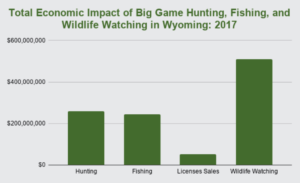
Thank you for helping make this signature program a tremendous success. We are currently working through a rebranding effort when it comes to Wildlife Tourism For Tomorrow, so stay tuned! We are excited to continue to grow this initiative and place more dollars on the ground for the benefit of Wyoming’s wildlife.
We wish both you and your loved ones a wonderful Christmas and Holiday Season.
Sincerely,
Chris McBarnes
President
The WYldlife Fund
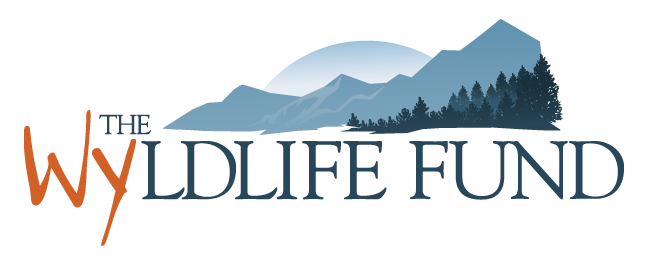
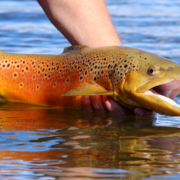

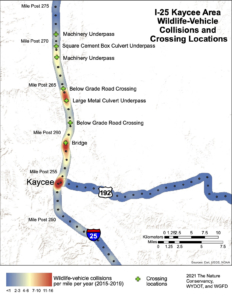

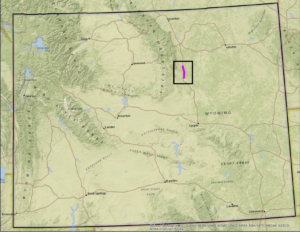
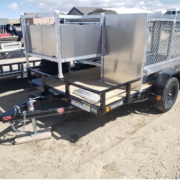
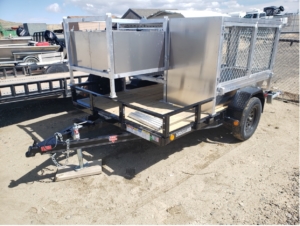
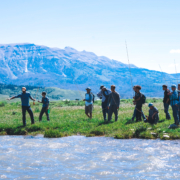
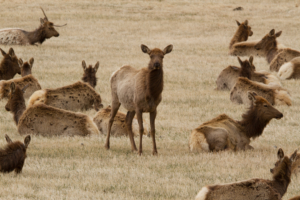
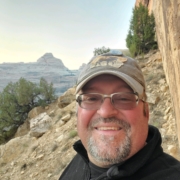
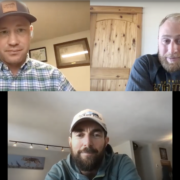
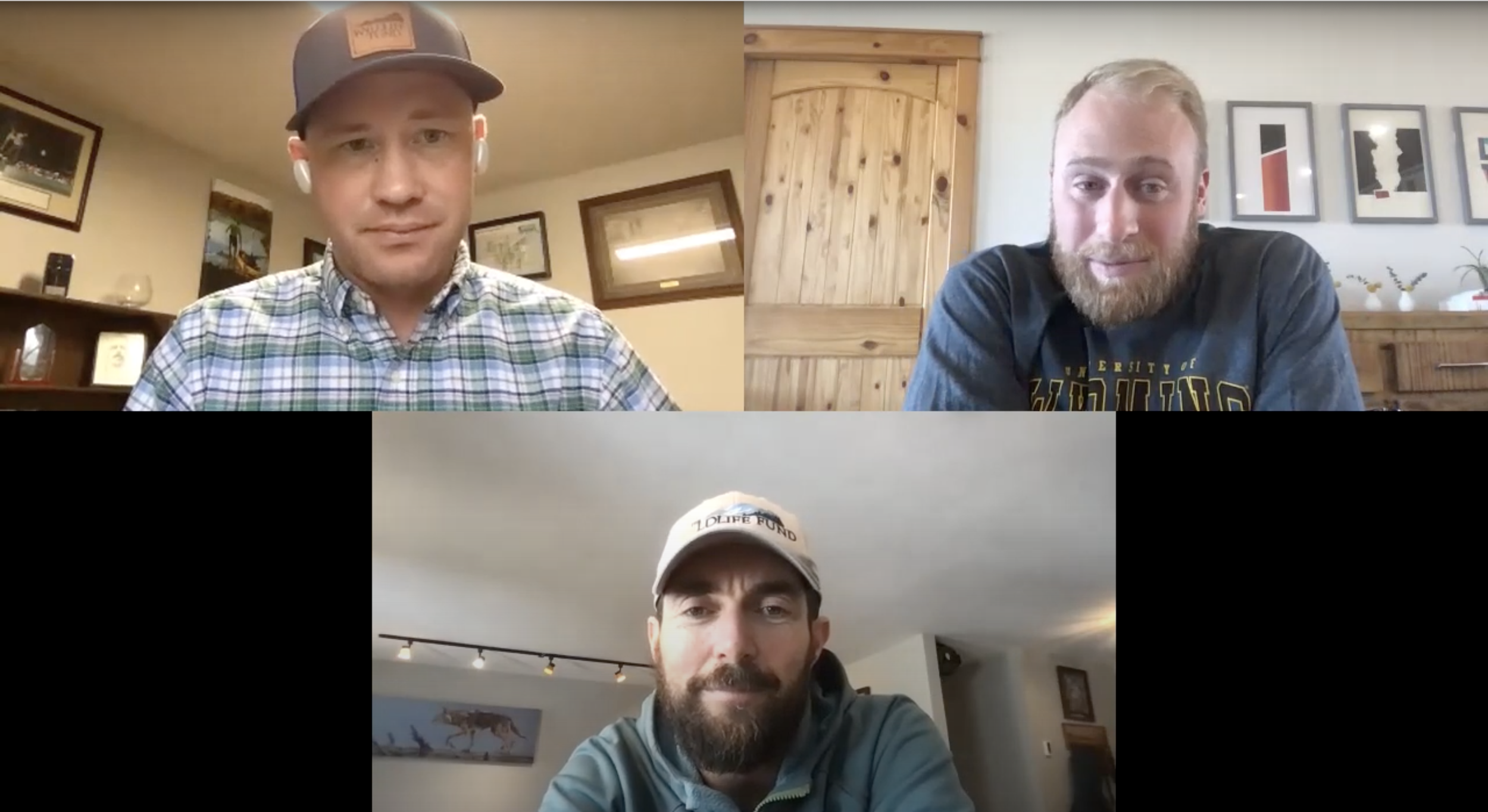 Clockwise, beginning from top left: Chris McBarnes, president of The WYldlife Fund; Dr. Jacob Hochard, professor of Conservation Economics at UW’s Haub School of Environment and Natural Resources; Taylor Phillips, founder of WTFT.
Clockwise, beginning from top left: Chris McBarnes, president of The WYldlife Fund; Dr. Jacob Hochard, professor of Conservation Economics at UW’s Haub School of Environment and Natural Resources; Taylor Phillips, founder of WTFT.